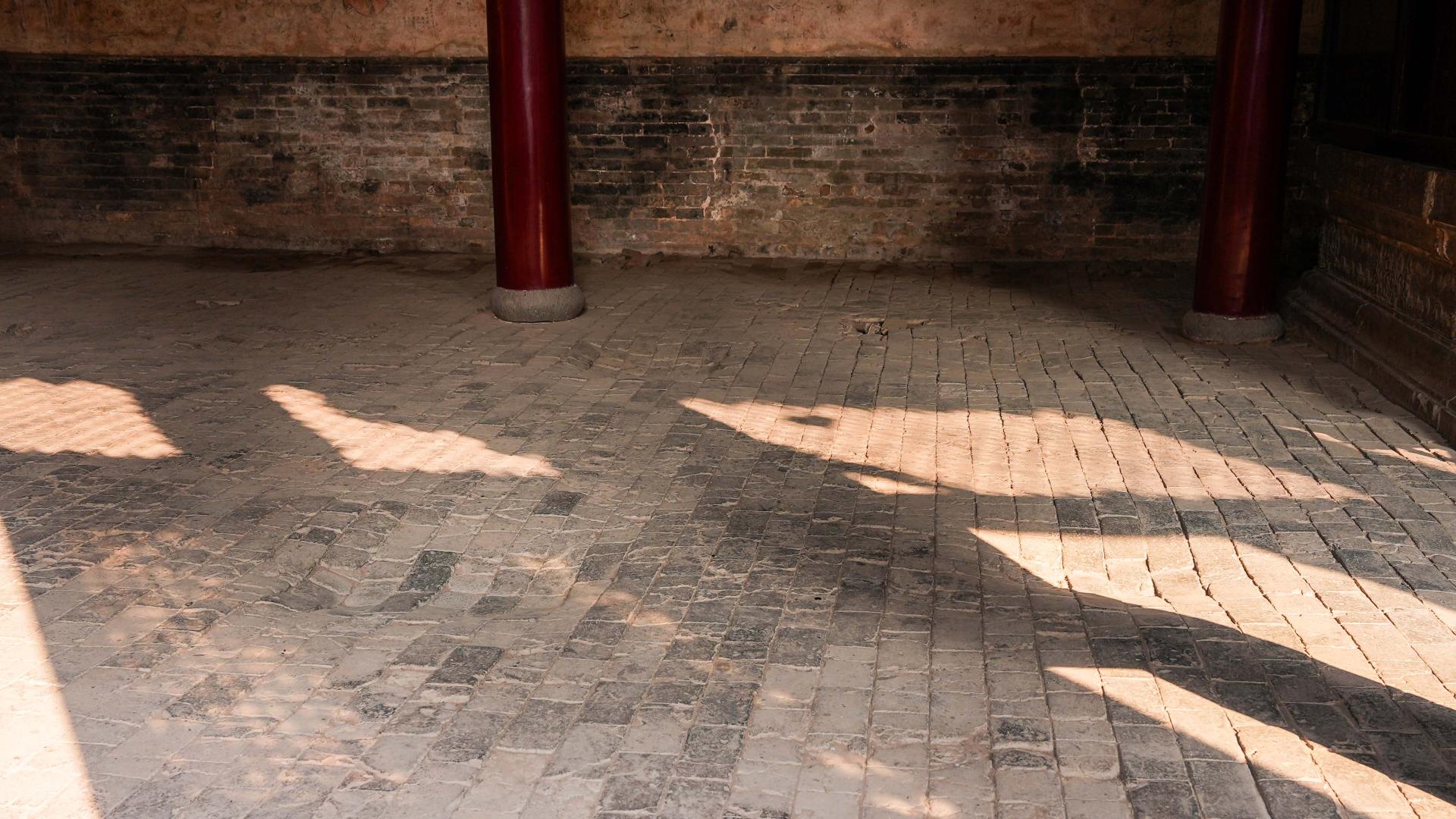Shaolin Masters: How Centuries of Training Shaped the Legendary Martial Legacy
Shaolin martial arts, the legendary cornerstone of Chinese martial culture, have been practiced at Shaolin Temple for centuries.

Tucked away in the shadow of Mount Song in central China's Henan Province, the Shaolin Temple stands as an enduring symbol of martial prowess and spiritual discipline. At the heart of the temple lies the Western Saints Hall, a relatively unassuming chamber that holds a remarkable testament to the incredible dedication of Shaolin monks over the centuries. The stone floor is marked with no fewer than 48 deep foot impressions, each measuring between 10 to 20 centimeters, worn into the stone not by accident, but by the persistent, repetitive training of countless monks through the ages.
These footprints are more than just marks on the ground; they serve as silent witnesses to the relentless physical regimen that underpins Shaolin martial arts. According to local tradition, the depressions were carved out over hundreds of years as generations of practitioners rehearsed their stances, kicks, and footwork in the exact same spots. The result is a powerful, physical reminder of discipline, perseverance, and continuity that characterizes the Shaolin legacy.
The Shaolin Temple, founded over 1,500 years ago during the Northern Wei Dynasty, has long been recognized as the birthplace of Kung Fu. Its monks combined intense spiritual practice with rigorous physical training, merging Buddhist philosophy with martial discipline. The techniques developed within its walls have since influenced countless styles of Chinese martial arts, traveling across Asia and beyond. Today, Shaolin Kung Fu is renowned worldwide for both its physical intensity and its philosophical roots, which stress harmony between body and mind.
Visitors to the temple often stop in awe at the sight of these ancient footprints, marveling at how time and training could shape even the hardest stone. For the monks who continue this tradition today, the impressions are both a challenge and a source of inspiration—a daily reminder of the legacy they inherit and uphold. Every step taken in the hall is imbued with the knowledge that they walk quite literally in the footsteps of history.
In modern times, Shaolin Temple remains a vibrant center for martial arts study and Buddhist worship, attracting students and tourists from all over the globe. Yet, amid the changing world, the stone indentations in the Western Saints Hall remind all who visit that centuries of unwavering commitment have etched not just stories into stone, but values into the heart of a living tradition.




